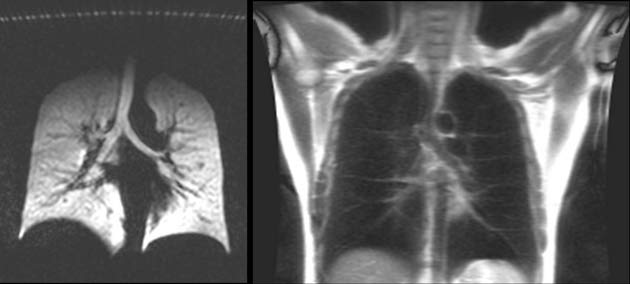Sucking Helium Could Reveal Hidden Lung Damage

Clowns and party-goers suck helium from balloons to make their voices squeaky, but soon, seemingly healthy smokers could inhale it to explore such conditions as emphysema and asthma.
Seeing deeper
Fain is the lead author on an article on the helium approach recently published in the journal Radiology.
(The study was paid for by the company GE Healthcare, which makes the machine, but Fain and his colleagues are not employees or consultants for the company and had full control of the data.)
Why it matters
Smoking is the most common cause of emphysema, and cigarettes can contribute to the onset of asthma and bronchitis. With emphysema, the lung's alveoli—the tiny sacs where oxygen goes into the blood stream and carbon dioxide comes out—break down.
Previous work using helium with MRIs showed that the gas moved more freely in the lungs of patients with emphysema.
Get the world’s most fascinating discoveries delivered straight to your inbox.
Also, CT scans expose patients to potentially harmful radiation if repeated, according to Eduard E. de Lange of the University of Virginia Health Sciences System, who wrote an article in the same issue of Radiology to accompany and support Fain's work. The helium approach would avoid this risk.
Robin Lloyd was a senior editor at Space.com and Live Science from 2007 to 2009. She holds a B.A. degree in sociology from Smith College and a Ph.D. and M.A. degree in sociology from the University of California at Santa Barbara. She is currently a freelance science writer based in New York City and a contributing editor at Scientific American, as well as an adjunct professor at New York University's Science, Health and Environmental Reporting Program.



